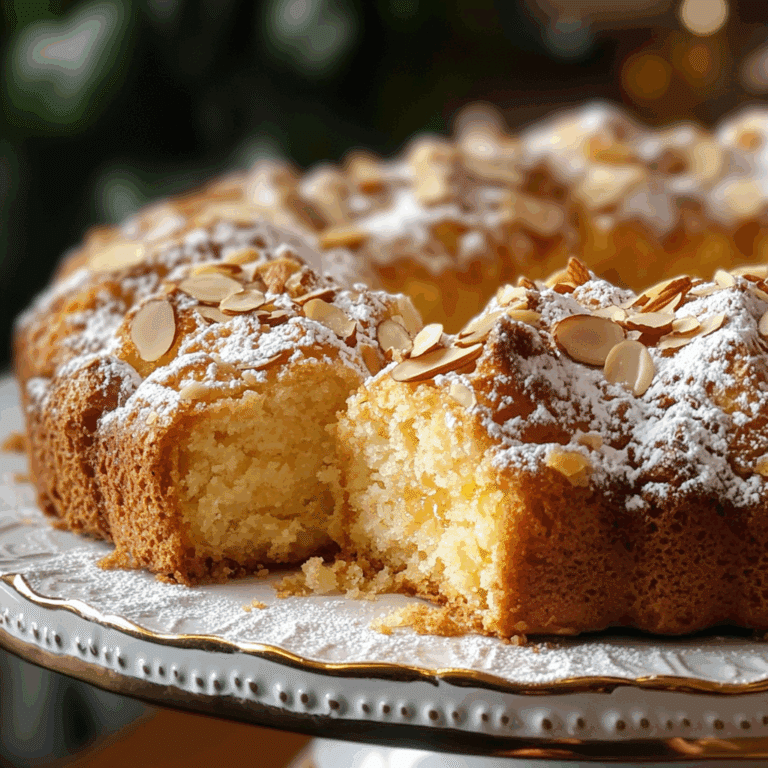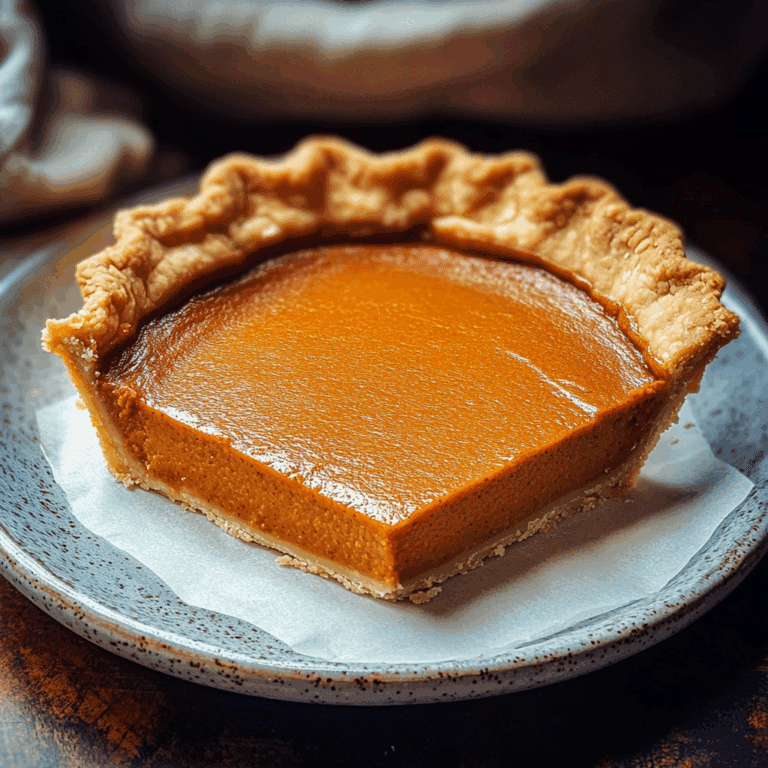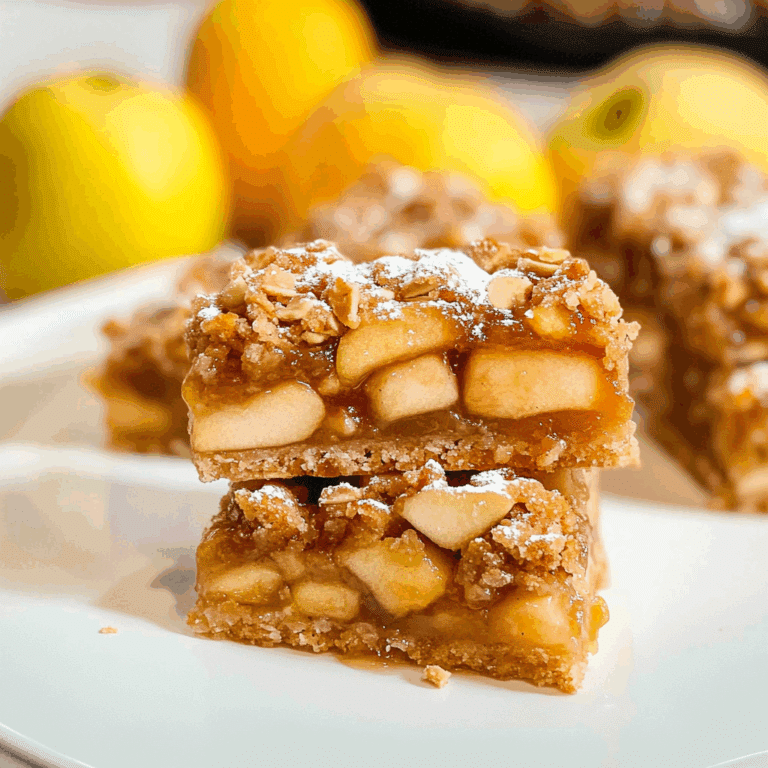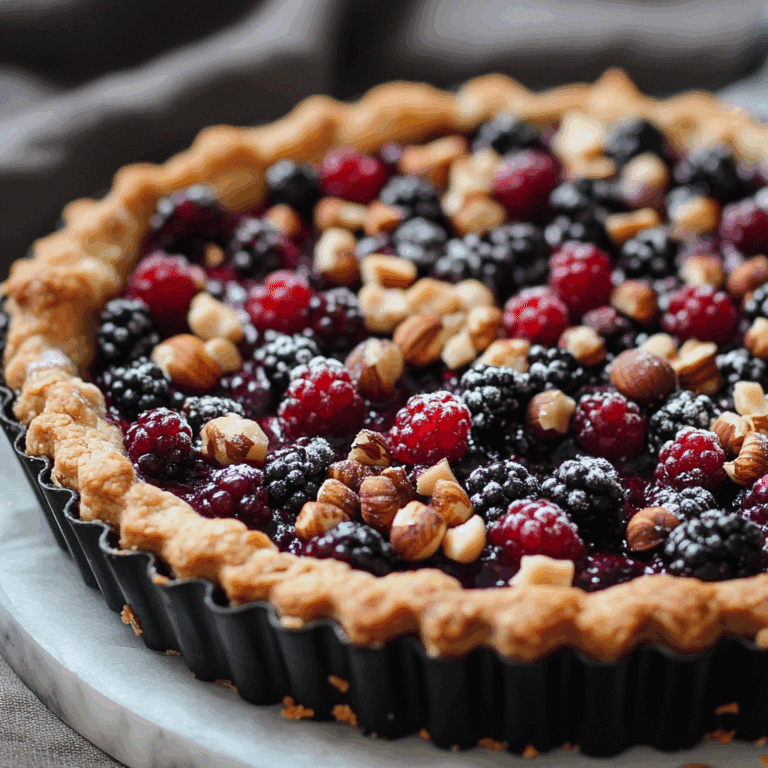Easy Vietnamese Steamed Rice Cakes Recipe to Try Today
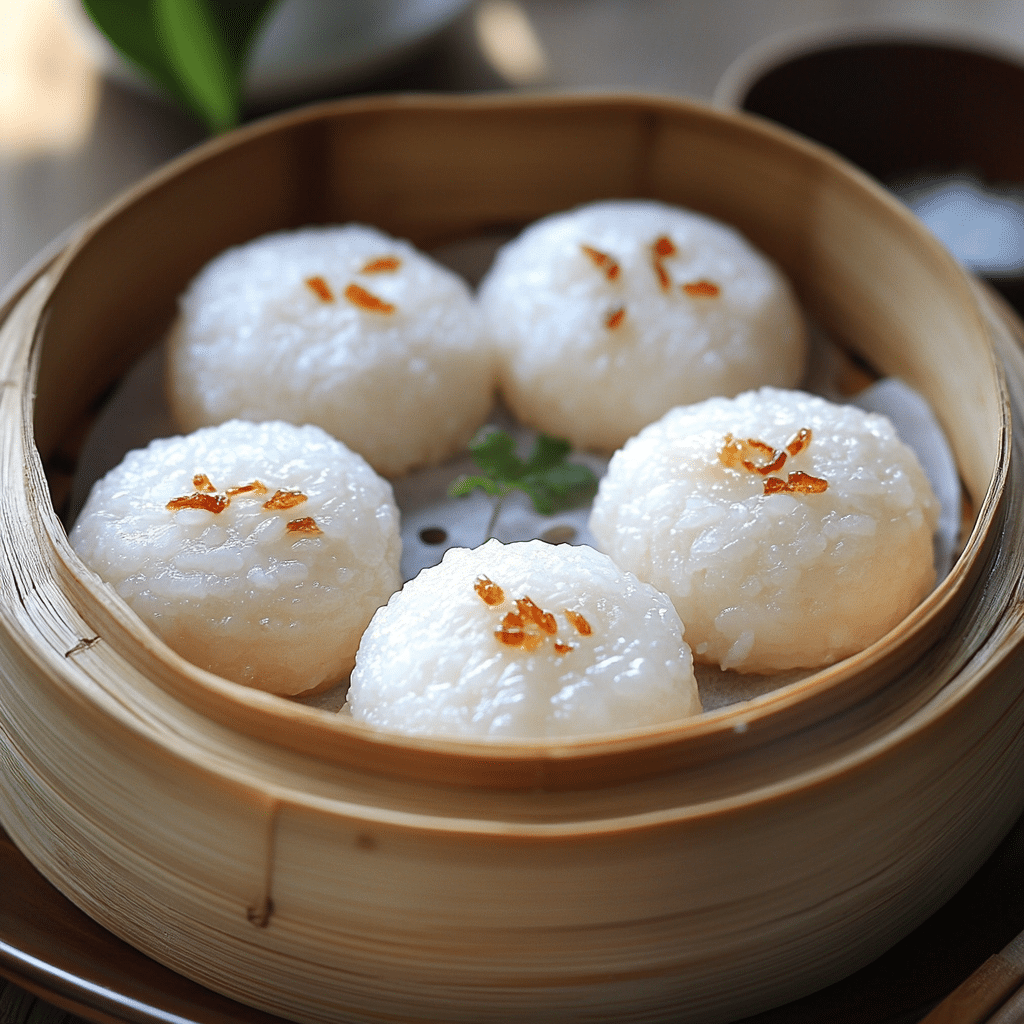
If you have been searching for a delightful and authentic Vietnamese treat, look no further than Vietnamese Steamed Rice Cakes. These fluffy, slightly chewy rice cakes capture the essence of traditional Vietnamese flavors in a simple yet satisfying dish. Perfect as a snack, breakfast item, or light dessert, Vietnamese Steamed Rice Cakes combine a subtle blend of rice flour and coconut milk to create a texture that melts in your mouth. This recipe will guide you through the process with easy-to-follow steps and simple ingredients that you can find right in your kitchen pantry.
Why You’ll Love This Recipe
- Authentic flavor: This recipe sticks to traditional ingredients delivering the true taste of Vietnamese cuisine.
- Simplicity in preparation: Minimal ingredients and straightforward steps make it accessible to beginners and pros alike.
- Versatile treat: Enjoy these rice cakes as a snack, dessert, or even a light breakfast option.
- Gluten-free delight: Made primarily with rice flour, it’s naturally gluten-free for those with dietary preferences.
- Customizable texture: Easily adjust the softness by tweaking steaming time or ingredient proportions.
Ingredients You’ll Need
Each ingredient plays an essential role in creating the perfect balance of flavor, texture, and appearance for these Vietnamese Steamed Rice Cakes. From the rice flour that forms the base to the subtle sweetness of coconut milk, these simple staples come together beautifully.
- Rice flour: The foundation of the cakes, rice flour provides a tender yet chewy texture.
- Coconut milk: Adds creaminess and a hint of natural sweetness that pairs perfectly with rice flour.
- Sugar: Balances the flavors with just the right amount of sweetness without overpowering.
- Baking powder: Ensures lightness and creates a subtle rise for fluffy cakes.
- Salt: Enhances the overall flavor and balances the sweetness.
- Pandan extract (optional): Infuses a fragrant aroma and natural green tint, making the cakes visually inviting.
Variations for Vietnamese Steamed Rice Cakes
This recipe is incredibly adaptable, allowing you to infuse your personality into the classic dish. Whether you want to experiment with flavors or modify it to suit dietary needs, these variations encourage creativity in your kitchen.
- Matcha twist: Replace pandan extract with matcha powder for a green tea flavor and color.
- Sweet corn addition: Stir in a handful of fresh or canned sweet corn kernels for subtle crunch and sweetness.
- Vegan version: Use plant-based milk alternatives in place of coconut milk if preferred.
- Savory style: Omit sugar and add finely chopped smoked turkey slices and herbs for a savory version.
- Colorful layers: Divide the batter, adding natural food coloring to create vibrant, layered cakes.

How to Make Vietnamese Steamed Rice Cakes
Step 1: Prepare the batter
In a large mixing bowl, sift together rice flour, baking powder, salt, and sugar to avoid lumps. Slowly pour in coconut milk, stirring continuously until you get a smooth, thick batter free of clumps. If you’re using pandan extract, mix it in at this stage for aroma and color.
Step 2: Preheat your steamer
Fill your steamer’s base with water and bring it to a gentle boil. Prepare individual molds or small heatproof bowls by lightly greasing them with a little oil to prevent sticking.
Step 3: Pour batter into molds
Distribute the batter evenly among your greased molds, filling each about three-quarters full to allow room for rising. Avoid overfilling to keep their signature shape intact.
Step 4: Steam the rice cakes
Position the molds inside the steamer basket and cover tightly with a lid. Steam over medium heat for 15 to 20 minutes, or until cakes set and spring back lightly when touched. Check periodically to ensure the water doesn’t evaporate fully.
Step 5: Cool and remove from molds
Once cooked, carefully remove the molds and let the rice cakes cool for several minutes. Use a thin spatula or knife to gently release each cake from its mold without breaking its delicate structure.
Pro Tips for Making Vietnamese Steamed Rice Cakes
- Rice flour quality: Use fresh, finely milled rice flour for the best cake texture and moisture.
- Consistency check: Aim for a batter thick enough to coat the back of a spoon but still pourable for even steaming.
- Don’t skip resting: Let the batter rest for 15 minutes before steaming for better hydration and texture.
- Steamer lid protection: Place a clean kitchen towel under the lid to prevent water droplets from falling onto the cakes.
- Test with a toothpick: Insert a toothpick or skewer after steaming to ensure the cakes are fully set inside.
How to Serve Vietnamese Steamed Rice Cakes
Garnishes
Sprinkle the rice cakes with toasted sesame seeds, crushed peanuts, or a drizzle of coconut cream to heighten flavor and add texture contrast. Fresh herbs like mint or cilantro also brighten the dish.
Side Dishes
Pair the steamed rice cakes with a light dipping sauce made from vegetarian Worcestershire sauce and a touch of lime juice for a savory complement. They also go wonderfully alongside fresh fruit or sweetened soy milk as a breakfast treat.
Creative Ways to Present
Serve the cakes stacked with alternating layers of shredded mozzarella cheese (vegetal) melted slightly for a modern fusion twist. Alternatively, arrange them on a colorful platter with edible flowers for an eye-catching presentation.
Make Ahead and Storage
Storing Leftovers
Store leftover steamed rice cakes in an airtight container in the refrigerator for up to three days. They may firm up slightly but remain delicious after reheating gently.
Freezing
Wrap individual rice cakes in plastic wrap and place them in a freezer-safe bag to avoid freezer burn. They freeze well for up to one month without loss of flavor.
Reheating
Reheat steamed rice cakes by placing them in a steamer or microwave covered with a damp paper towel to retain moisture. Heat just until warm to preserve their soft, chewy texture.
FAQs
What is the texture of Vietnamese Steamed Rice Cakes?
They have a light, fluffy, and slightly chewy texture that is delicate yet satisfying, thanks to the rice flour and steaming process.
Can I make these rice cakes without coconut milk?
You can substitute coconut milk with almond milk or soy milk, but coconut milk adds a unique creaminess and flavor that’s traditional to the recipe.
How long do Vietnamese Steamed Rice Cakes keep fresh?
When refrigerated properly, they stay fresh and tasty for about three days and can also be frozen for longer storage.
Are these cakes sweet or savory?
Traditional versions are mildly sweet but can easily be adapted to savory by adjusting added ingredients or toppings.
Do I need special equipment to make them?
A simple steamer or a pot with a steaming basket is all you need to make these rice cakes at home efficiently.
Final Thoughts
If you’re craving a new snack or dessert that brings authentic Vietnamese flavor right to your kitchen, Vietnamese Steamed Rice Cakes are the way to go. With approachable ingredients, easy preparation, and endless customization options, this recipe invites you to enjoy a piece of tradition anytime. Give it a try today you might just find your new favorite treat!
Related Posts
- Irresistible Pumpkin Cheesecake Ball Recipe
- Easy Healthy Pumpkin Cookies to Try Now
- How to Make Healthy Apple Cake at Home
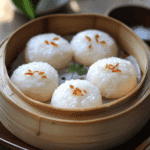
Vietnamese Steamed Rice Cakes
- Total Time: 35-40 minutes
- Yield: 12 small cakes 1x
- Diet: Gluten Free
Description
Vietnamese Steamed Rice Cakes are a fluffy and slightly chewy treat that captures the authentic flavors of Vietnamese cuisine. Made from rice flour and coconut milk, these cakes offer a delicate sweetness and a creamy texture that melts in your mouth. Perfect for a snack, breakfast, or light dessert, this gluten-free recipe is simple to prepare with pantry staples and can be customized to suit your taste preferences.
Ingredients
Main Ingredients
- 1 cup rice flour
- 3/4 cup coconut milk
- 2 tbsp sugar
- 1 tsp baking powder
- 1/4 tsp salt
- 1 tsp pandan extract (optional)
Instructions
- Prepare the batter: In a large mixing bowl, sift together the rice flour, baking powder, salt, and sugar to avoid lumps. Slowly pour in the coconut milk while stirring continuously until you get a smooth, thick batter free of clumps. If using pandan extract, mix it in now for aroma and color.
- Preheat your steamer: Fill the steamer’s base with water and bring it to a gentle boil. Lightly grease individual molds or small heatproof bowls with oil to prevent sticking.
- Pour batter into molds: Evenly distribute the batter among the greased molds, filling each about three-quarters full to allow room for rising. Avoid overfilling to maintain the cakes’ shape.
- Steam the rice cakes: Place the molds inside the steamer basket and cover tightly with a lid. Steam over medium heat for 15 to 20 minutes, or until the cakes are set and spring back lightly when touched. Check occasionally to ensure the water does not evaporate completely.
- Cool and remove from molds: Carefully remove the molds once cooked and let the rice cakes cool for several minutes. Gently release each cake from its mold using a thin spatula or knife without breaking their delicate structure.
Notes
- Use fresh, finely milled rice flour for optimum texture and moisture.
- The batter should be thick enough to coat the back of a spoon but still pourable for even steaming.
- Allow the batter to rest for 15 minutes before steaming for better hydration and texture.
- Place a clean kitchen towel under the steamer lid to prevent water drops from falling onto the cakes.
- Check doneness by inserting a toothpick or skewer after steaming; it should come out clean.
- Prep Time: 20 minutes
- Cook Time: 15-20 minutes
- Category: Appetizers
- Method: Steaming
- Cuisine: Vietnamese
Nutrition
- Serving Size: 1 cake
- Calories: 90
- Sugar: 3g
- Sodium: 50mg
- Fat: 3g
- Saturated Fat: 2.5g
- Unsaturated Fat: 0.4g
- Trans Fat: 0g
- Carbohydrates: 14g
- Fiber: 0.5g
- Protein: 1g
- Cholesterol: 0mg
Keywords: Vietnamese steamed rice cakes, Bánh Bột Lọc, gluten free snack, coconut milk rice cake, traditional Vietnamese dessert
